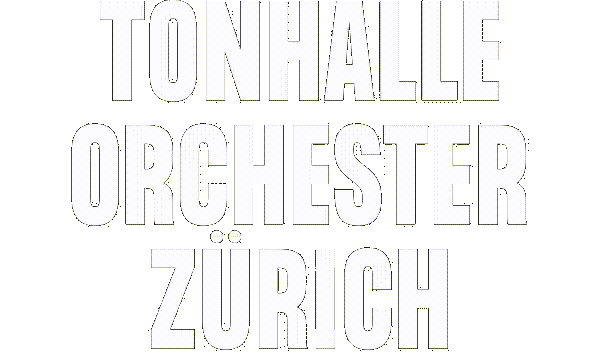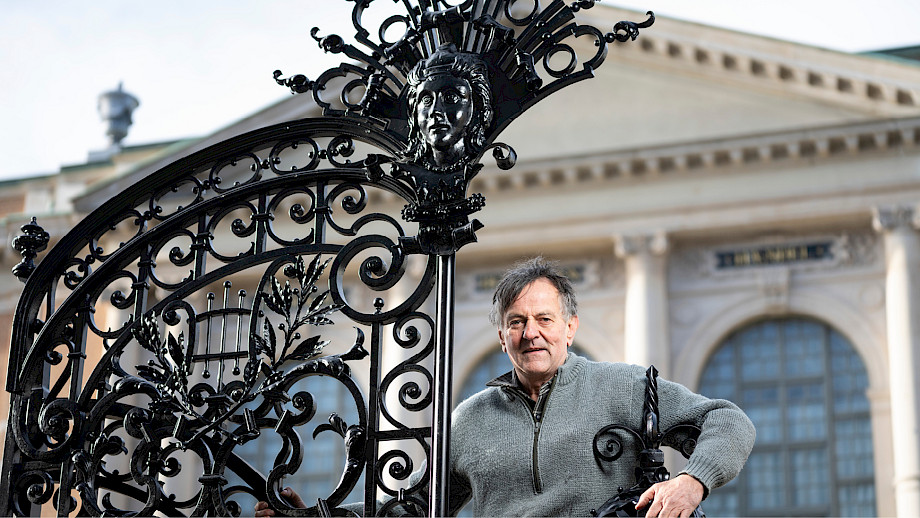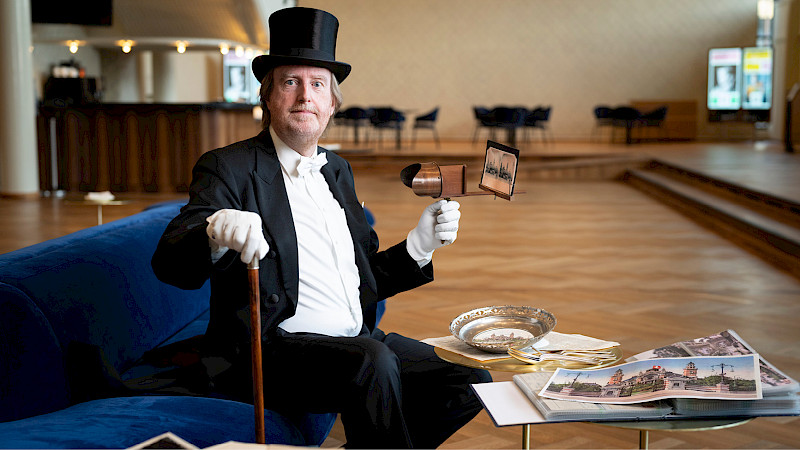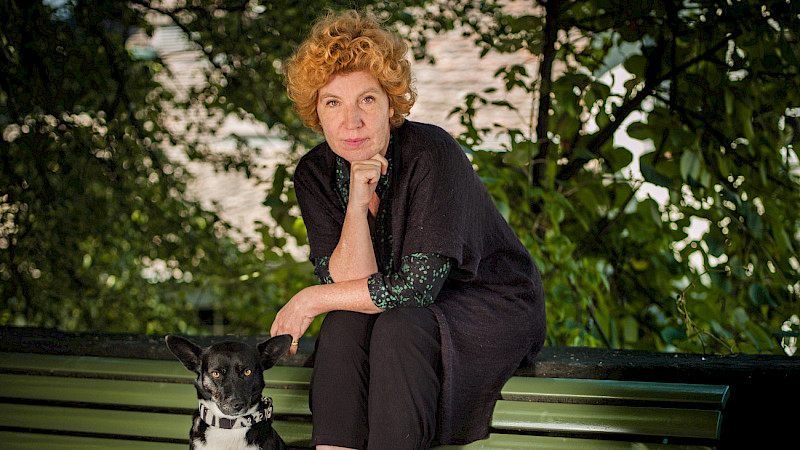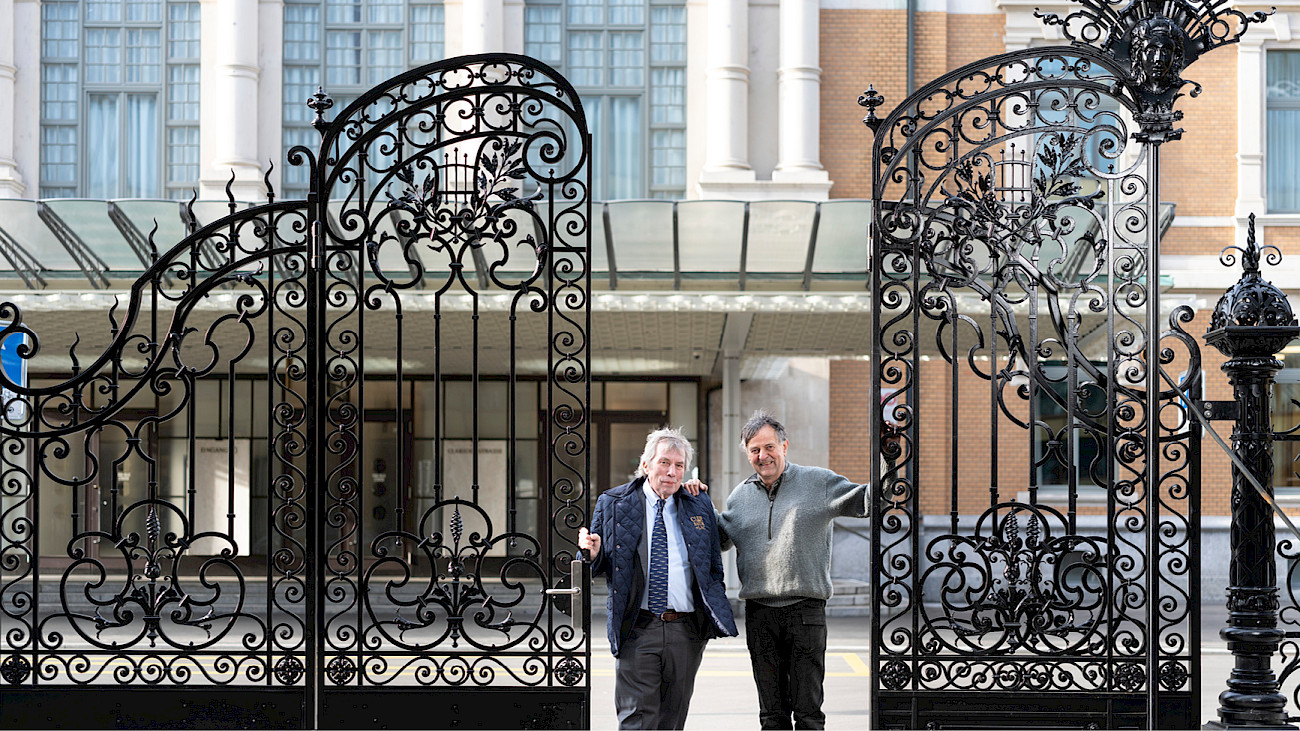
«This is Where we'll Hang the Tonhalle Gate»
For 85 years, the gate to the old Tonhalle was lost. Now it is back in its former glory – in front of the Club Baur au Lac, only a few metres away from its original location.
There they both stand, leaning on a piece of history of the Tonhalle Zurich: Moritz Häberling, art smith, and Charles Roulet, heir to the Hotel Baur au Lac and host of the club of the same name. They are beaming, with good reason: the audience once passed under the gate that now stands in front of the club when they attended concerts at the Tonhalle.
Häberling drove the portal in with his tractor just before Christmas and is currently putting the very finishing touches on it on site. The story behind it, however, goes back a long way and is as intricate as the neo-baroque ornaments that snake along the gate that now stands opposite the main entrance to the Tonhalle, just so that the audience can face it head-on as they walk home from the concert. It once stood in front of the magnificent Trocadéro Concert Hall, which was inaugurated in 1895 and gave way to the Congress House in the New Building style in 1937 on the occasion of the National Exhibition. Nobody asked about the gate back then, nobody seems to have missed it.
For a long time it lay rusty in front of the workshop of Häberling, who had dismantled it on request at a villa on the Zugerberg in order to restore it. He heard nothing more from his former client and then discovered that he had gone bankrupt in the meantime. And so it happened that the gate waited for decades for the moment to find its new home somewhere.
Traces of iron across the city
Häberling lives and works in Uerzlikon, where he grew up in the village of 400 people that belongs to Kappel am Albis in Säuliamt – a ten-minute drive from Baar railway station. "I'm an eternal here," he says, waving left and right, turning into the driveway of his home, which his workshop faces. All sorts of things are stored in the courtyard; the Tonhalle gate, which no one knew where it originally came from, was probably leaning somewhere among many other trouvailles made of iron that Häberling is hoarding until he might put them to use one day. The fact that he grew up here doesn't seem to fit his order books at all: The whole city of Zurich is teeming with blacksmith's work from his hand in such a way that one could think he lives under all the bridges and by the countless garden sheds that he has restored, repaired or custom-made.
In Häberling's workshop, forging is going on, the anvil is ringing, the new induction furnace for nimbly heating iron is squeaking. Pop music is playing on the radio, someone is whistling. Another tells of an excursion organised by the Association of Master Locksmiths in Zurich, complete with special tram, to show where Häberling left his mark: There are the grilles at the Villa Patumbah, at the Credit Suisse building on Paradeplatz, at the Landesmuseum. There are the railings of the Münsterbrücke, the lamps of the Stauffacherbrücke and much more. Some time ago, a team from the opera house in Uerzlikon, including Swiss television, came to see how the restoration of their large chandelier was going. "One of them said my office looked like Alexander Pereira's once did," Häberling says with a laugh - he doesn't even know what that could mean.
Paper piles up in the junk room: Photos and letters, postcards and sketches, this and that. His fingers deftly pick out a picture of the old Tonhalle. "Look here, there we go!" – he points to the portal, which is now back in Zurich along with the ornate woman's head and the harps, which all these years had not pointed out to him the origin of the gate, but the quality of the work: "Although such ornaments were available as mass-produced goods in those days, it was always clear to me that the gate was a treasure."
Iron's archenemy
Häberling's offspring are also into metal: one daughter is a goldsmith in Bern, the son a coppersmith in the studio next door, and the second daughter is a silversmith in her father's business. "He is a detailer," she says, and he likes to preserve old things that live on thanks to his care. Yes, a detailer, one could say, the colleagues laugh and add admiringly that the boss has great professional pride and sets great store by professional work. When Häberling detects bungling, it annoys him to no end.
In fact, he can rant for a long time when he thinks about bad solutions for metal, because moisture and oxygen are iron's archenemy: "Let them watch the rusty Eiffel Tower collapse," because that's what happens one day because no one is looking. In Häberling's opinion, the parts urgently need to be taken apart, derusted cleanly, "not painted over hastily so that it looks pretty for the Olympics". If this is not done, the rust will stick to the teeth like caries. "If someone has a hole in their tooth, they don't just paint white over it." Paris, Bern, Zurich – it's the same everywhere.
And so perfectionism meant that the old gate and its accompanying railing also took quite a few hours of painstaking work: In six-day weeks over five months, the iron was heated, rust was removed by sandblasting and everything was riveted anew. Häberling and his team were well worth the effort; everyone was delighted with what had been lying on the doorstep for so long - until one day the phone rang in the workshop and the surprise came to light: In the flower shop where Häberling took a bouquet to his wife and where he deposited the gate as a loan for a Christmas decoration, it was apparently recognised by a customer. Häberling immediately went to the architectural history archive and leafed through various views of the old Tonhalle. No doubt remained.
The story of the gate has another side wing: a farmer from the village told Häberling, who was 20 years old at the time, about a man from Zurich who lived in Arkansas, USA, whom he could visit one day. He did so and helped to put up a barn there without further ado, and a friendship developed. When the man died a few years ago, Häberling called his brother: Charles Roulet, the hotel heir. He said: "You helped my brother with the barn back then, he told me, I'll have a job for you one day."
240 metres long and clean
The sudden assignment of the gate coincided with the renovation of the Villa Rosau, which is home to the Club Baur au Lac opposite the Tonhalle. The assignment Roulet was referring to was the construction of a 240-metre-long lattice fence around the Villa Rosau and the Gigon/Guyer new building of the Rosau commercial building, of which Roulet was the client. Häberling wanted a competition, "there's usually only Lämpen," he said, took part in the bidding and got the contract fairly as the cheapest participant; a contract that cost Roulet 2.6 million francs. Roulet is a crazy man, says Häberling, "but a really good one": when he ignites passion for a project, he doesn't do things by halves, but cleanly. So the two stood in front of the Villa Rosau, exactly where the portal now stands. Häberling said, "This is where we'll hang the Tonhalle gate." Without the two other wings that have probably disappeared for good, but suitable for the passage of club visitors.
So the circle is closed. And the tangled story of a piece of the history of the Tonhalle Zurich comes to a happy end.
Translated with DeepL.com
More about the Tonhalle Zurich
Richard Kessler is a violist in the Tonhalle-Orchester Zürich. And he is a meticulous collector of treasures relating to the history of his second home, the Tonhalle. To the story
